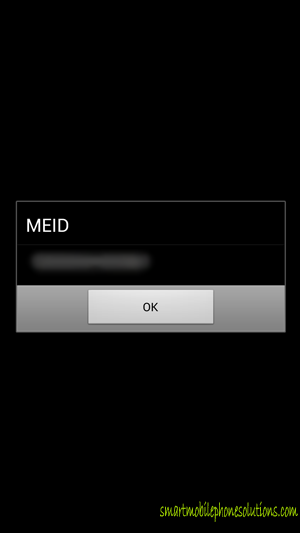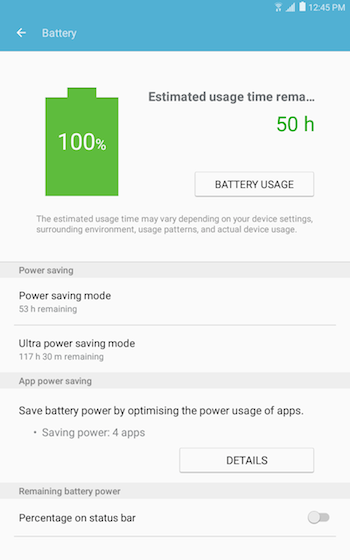

The Note 4 is also full of sensors not commonly found on every smartphone – from the fingerprint sensor embedded in the home button, to the heartrate monitor, to a UV sensor, which measures the current danger levels of sunlight, to the even more unorthodox SpO2 sensor, which measures the user's bloodstream oxygen saturation. To make it easy for users to operate the device with one hand, Samsung includes a “one-handed mode”, which shrinks the active screen area down and moves it towards the left or right of the screen, bringing far-away corners closer for a thumb to reach. The Note 4 makes no exception and provides a flurry of options, settings, and capabilities – the commonly-found on Samsung flagships Air Gestures, Smart Stay, Smart Scroll, split-screen multitasking capability, ability to launch some apps in a floating window and, of course, the extra functions to complement the signature S Pen. This custom UI is well-known for being feature-packed to the brim, commonly switching out a lot of Android's stock appearance, which often results in a steeper learning curve.
#SAMSUNG NOTE 4 SMART SCROLL ANDROID#
The Samsung Galaxy Note 4 comes with Android 4.4.4 dressed up in the latest version of Samsung's proprietary TouchWiz interface. On the flipside, when viewed at a 45 degree angle, the G3 shows notably less distortion than the Note 4.

The color temperature measures at 7099 K – quite higher than the reference point, which results in noticeably colder colors. LG placed an IPS LCD panel on its device, with a max brightness level that is a tad lower than Samsung's phablet at 455 nits, and a lowest brightness at 9 nits, which makes for a slightly more uncomfortable viewing in bed.

The LG G3 also sports a 1440 x 2560 QHD display and its slightly smaller 5.46” screen bumps the ppi up to 538. As for viewing angles, the Note 4 shows quite the distortion for a device of its class, when viewed at a 45-degree angle. The Note's color temperature measures at 6667 Kelvins, which brings it quite close to the reference value of 6500 K.

The display's maximum brightness measures at 468, which is not the best, but should still be viewable in daylight, while its minimum brightness measures at 1 nit, which makes for comfortable viewing in the dark. Samsung uses its proprietary "Super AMOLED" technology to light up the screen. The Galaxy Note 4's display follows the recent QHD trend with a 1440 x 2560 resolution, which means that the 5.7" display sports a 515 ppi pixel density. On the front, under the 5.7” screen, we have the physical home button, sided by the capacitive task-switcher and back buttons – something that Samsung places on all of its devices. The buttons on the sides have a slightly higher profile, allowing for a bit better feedback. The back of the device still has a removalbe leather-emulating plastic cover, much like the Note 3, though, it lost the stitching texture at the edge it is slightly curved, allowing for an easier, more secure grip. Gone is the faux metal binding that irked a lot of users – it is now replaced by a real metal frame, forged to be both pleasing to the eye and easy on the hands. Samsung really pulled out all the stops with its Galaxy Note 4, starting with design. So, without further ado – we give you the Galaxy Note 4 vs the LG G3. We will be comparing both devices in a few different categories and you get to vote for the best performer under each one. We'd like to compare it to another device that was among the pioneers in the newest smartphone craze – the QHD (1440 x 2560) screen – and see how both handsets fare in the eyes of our readers. The Samsung Galaxy Note 4 is the latest incarnation of Samsung's phablet line – arguably, the very same line that started the "larger screen" trend that is now prominent across flagship handsets.


 0 kommentar(er)
0 kommentar(er)
